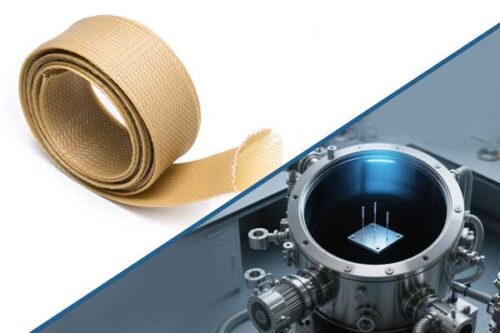Outdoor EV charging cable protection challenges when charging your vehicle outdoors. Whether it’s avoiding garage use for safety reasons or protecting your charging cable from abrasion, UV damage, and wear due to exposure, a reliable solution is essential. Here’s how you can safeguard your charging cord effectively and economically.

Why Protect Your Charging Cable?
- Abrasion Resistance: Running the cord under the garage door or along rough surfaces can wear down the cable’s insulation over time.
- UV Degradation: Sunlight exposure can degrade the plastic and reduce the cord’s lifespan.
- Temperature Impact: Even if you primarily charge between 8 PM to 7 AM, residual heat or daytime exposure still poses a risk.
- Aesthetic Concerns: Durable, sleek covers keep your charging setup organized and visually appealing.
Recommended Product: EV Charging Cable Braided Cover
Our MJ-Flex EV Charge Cord Cover is designed to withstand outdoor conditions while maintaining a clean look.
Benefits of EV Charging Cable Braided Cover:
Durable Protection: High-quality PET material resists abrasion and UV exposure.
Temperature Management: The braided design allows airflow, reducing heat retention compared to corrugated covers.
Flexible and Expandable: Easy to install and accommodates various cable diameters (3/4 to 1 inch).
Ease of Use: The split design simplifies installation and removal without the need for special tools.
Safety Compliant: Meets UL94 and FMVSS302 flame-retardant standards for added security.
Why Choose a EV Charging Cable Braided Cover Options?
- Heat Dissipation: Braided covers allow more airflow, reducing trapped heat.
- Aesthetics: Sleek design offers a clean, modern look.
- Durability: PET braided material offers better long-term resistance to wear and UV compared to corrugated plastic.
Installation Tips:
- Measure Your Cable: Ensure the sleeve length covers the full exposed cord.
- Slide On the Sleeve: The expandable design allows easy sliding over the cable.
- Secure the Ends: Use heat shrink tubing or zip ties to keep the sleeve in place.


